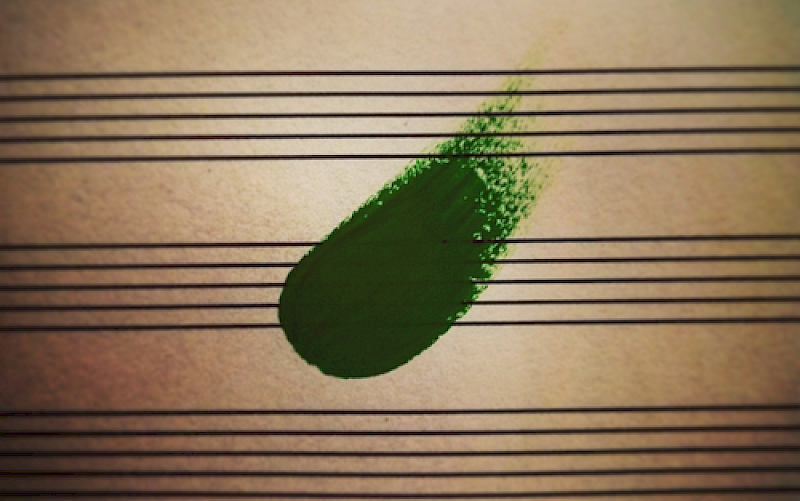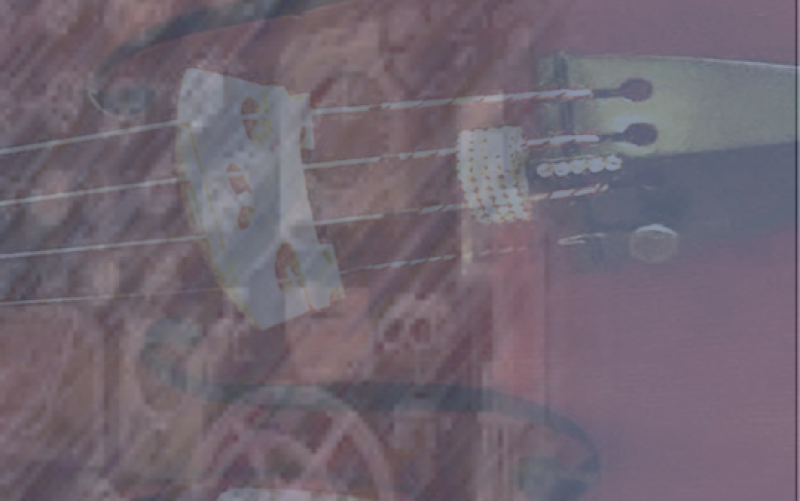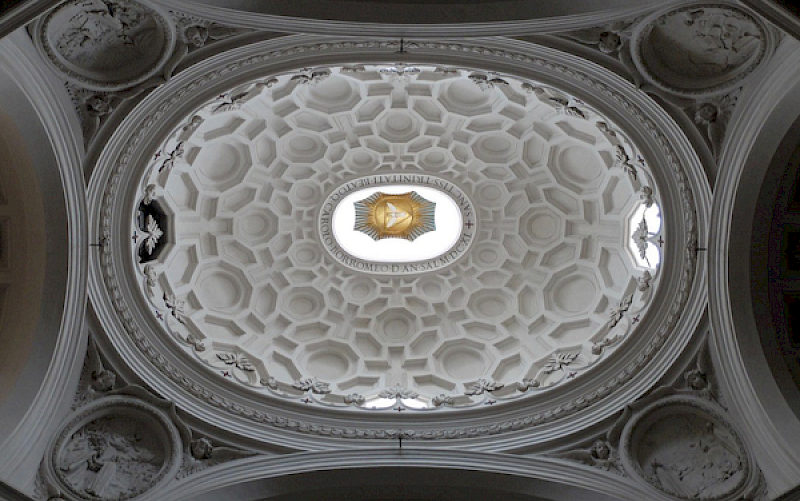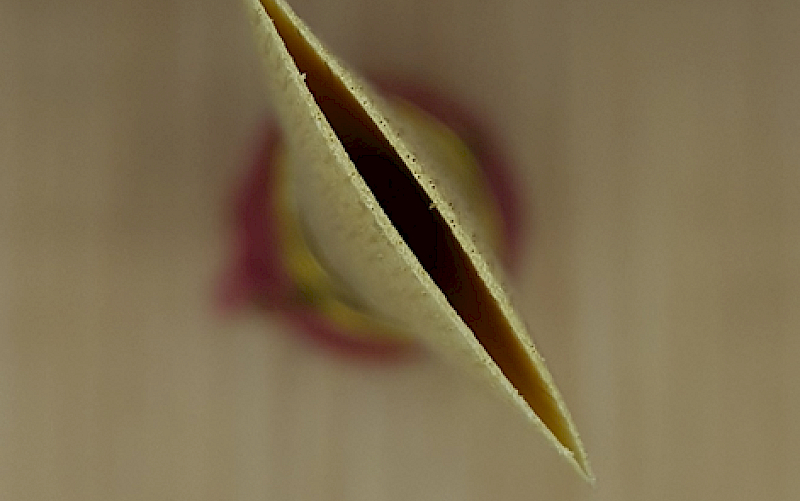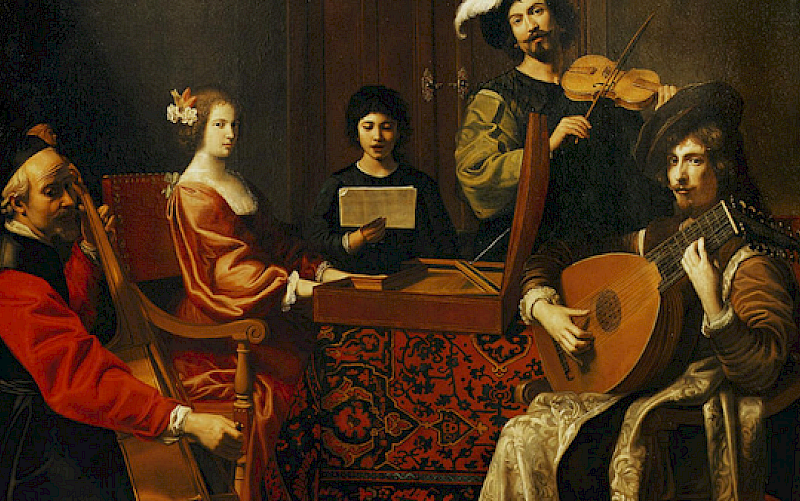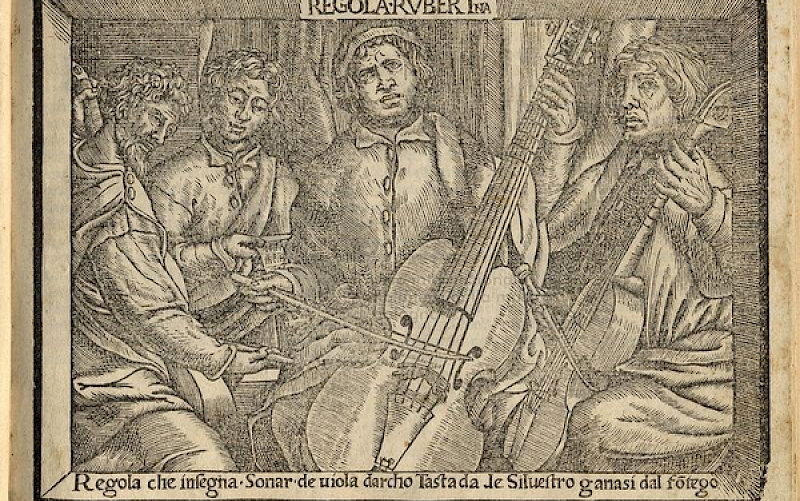From the forest to the concert hall
My aim for this research is to discover more about the equipment I use every day and to see if having a practical and technical knowledge about the viola da gamba bow and bow making in the 16-18th century in general will affect my playing and artistic decisions. In today’s practice, bows with a screw mechanism and white hair are the most common type used by viola da gamba players. Iconography and treatises show us that the screw system was not in use until the middle of the 18th century, and the choice of the type of wood, hair, or the shape and length of the bow is very diverse. As the main part of my research, I have spent a lot of time in a workshop, learning the process of bow making, with the result of three bows. This experiment helped me to explore which parts of the bow affect our playing the most, how the frog system or the tension relate to the articulation, and the quality of wood to the quality of the sound. Bow makers are artists who through their wood-working help the musicians to express their music. In my presentation, after an overview of how the bow changed during the 16-18th century, I will describe my experience in the workshop with pictures and videos and finish with a demonstration of the bows I made.
Author: Anna Lachegyi
